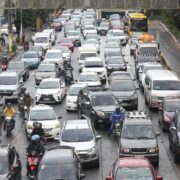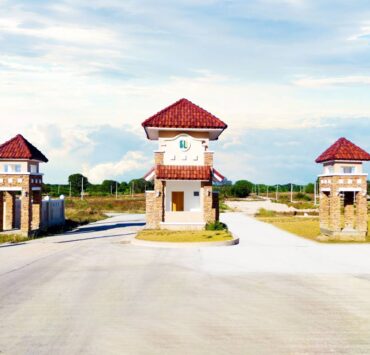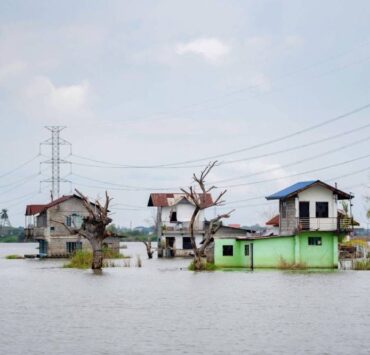Bicol still reels from ‘Opong’
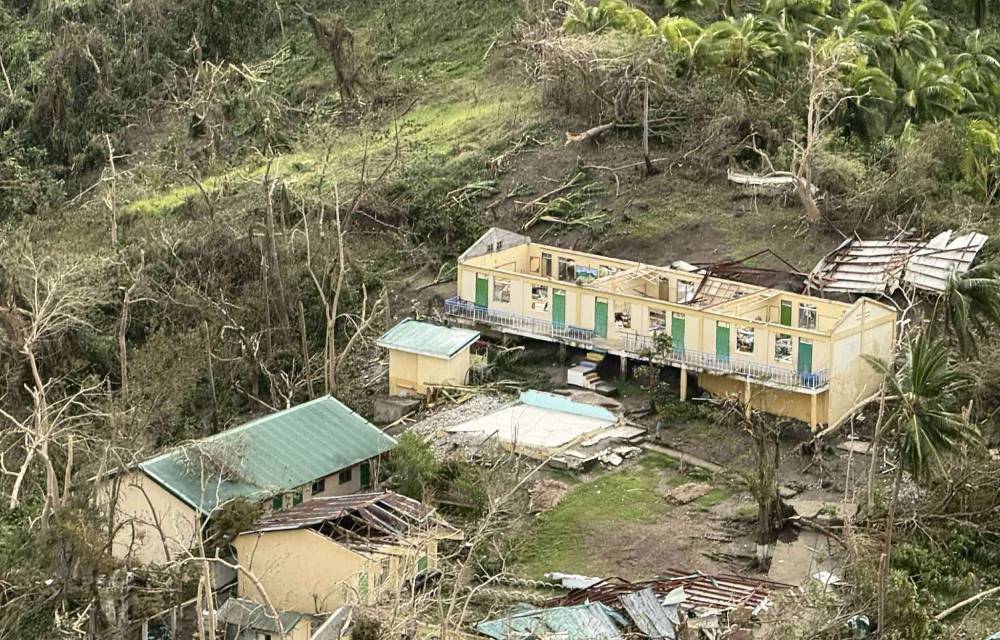
LEGAZPI CITY—Nearly two weeks since the torrential rains and howling winds of Typhoon “Opong” (international name: Bualoi) rammed parts of Southern Luzon and the Visayas, the trail of destruction it left in the Bicol Region, particularly Masbate province, continued to affect thousands of residents whose schools and livelihood were destroyed.
“Opong” left a staggering trail of destruction in Bicol, causing over P1.6 billion in combined damage to schools, agriculture, and fisheries, according to assessments released by regional offices of the Department of Education (DepEd) and Department of Agriculture (DA).
The DepEd-Bicol reported more than P920 million in infrastructure losses, with 266 classrooms totally destroyed, 484 severely damaged, and 662 sustaining minor damage across multiple school divisions.
Masbate province bore the brunt during Opong’s onslaught on Sept. 26, accounting for P399 million in damage. The province will require 564 temporary learning spaces (TLS)—estimated to cost P185.9 million—to accommodate displaced learners, the DepEd Bicol said.
Other significantly affected areas included Masbate City, which incurred approximately P214.2 million in damage; Camarines Norte, with P41.6 million; and Camarines Sur, with P29.9 million in reported losses. Catanduanes, Naga City, and Sorsogon reported comparatively less extensive damage.
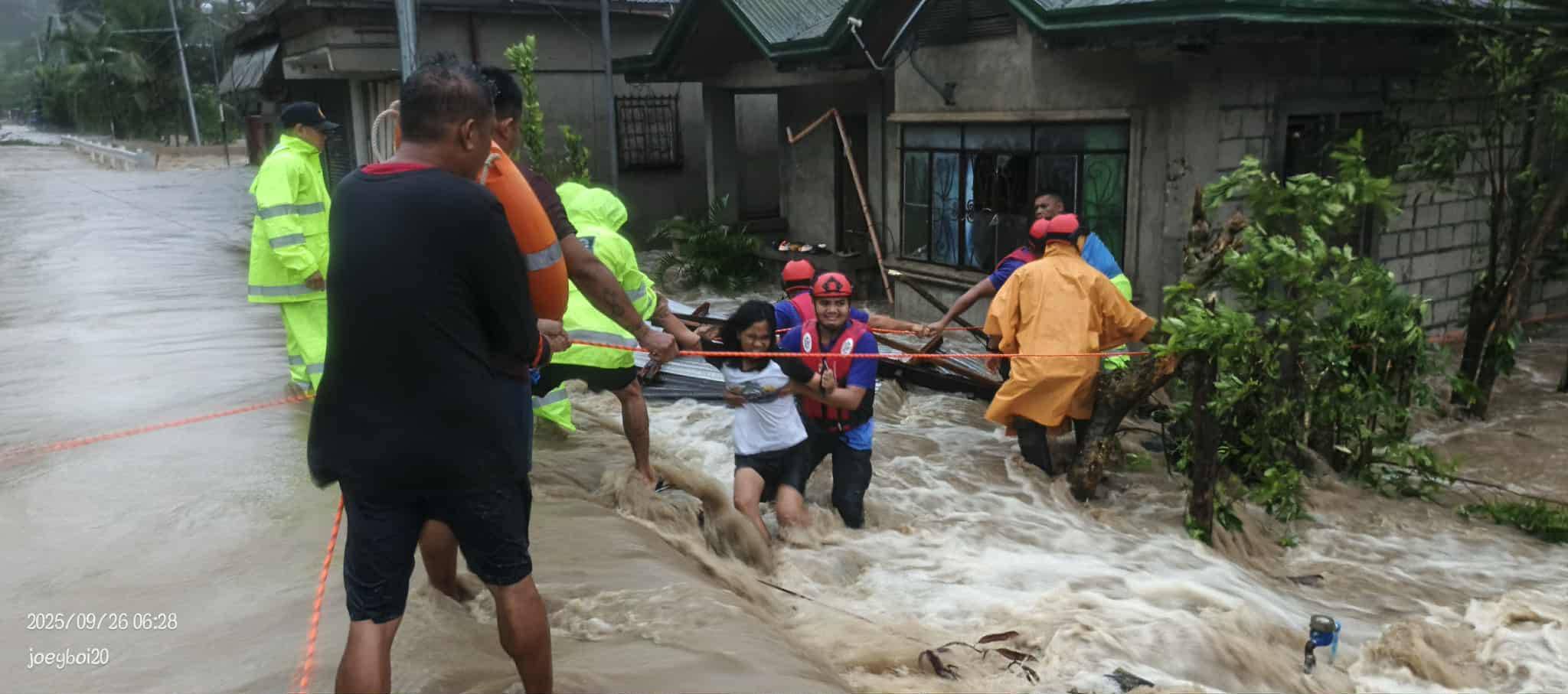
While classes have resumed across Bicol, many schools—especially in Masbate’s Second Congressional District—have shifted to blended learning, combining modular and in-person instruction due to limited usable classrooms.
In Masbate’s towns like Aroroy, Baleno, Milagros, and Mobo, schools conduct split shifts or hold classes in makeshift rooms. At Luciano A. Conde Elementary School, for instance, only four of 11 classrooms remain safe for use.
“We are implementing blended learning due to the devastation of classrooms brought by the storm,” Martin Espayos Jr., information officer for the Masbate Schools Division Office, told the Inquirer in a phone interview.
Psychological support
He added that psychological support activities are also being rolled out to help learners recover emotionally from the disaster.
In agriculture, key affected commodities include corn, which suffered losses amounting to P103 million; cassava, with P13.4 million in damage; and high-value crops such as vegetables and fruits, which accounted for P50.9 million in losses. Livestock and poultry sectors sustained around P3 million in damage.
In the fisheries sector, Masbate and Albay were hit hardest, with combined losses totaling P173.3 million, which included destroyed or damaged fishing boats, cages, gear, and fish corrals.
Additionally, agriculture infrastructure losses reached P107.4 million, affecting irrigation systems, animal houses, farm machinery, and post-harvest facilities.
Masbate again sustained the heaviest agricultural damage, with rice losses alone amounting to P252 million from 7,328.98 metric tons of destroyed crops.
Infrastructure losses reached P107.4 million, affecting irrigation systems, animal houses, post-harvest facilities, and farm equipment.
Despite the extensive damage, market conditions remained stable across the region. DA spokesperson Lovella Guarin said the supply of rice, fish, poultry, eggs, meat, and vegetables remains adequate.
The DA continues to coordinate with local government units to finalize damage validation and facilitate the distribution of emergency assistance.
As Bicol’s education and agricultural sectors face immense recovery challenges, both DepEd and DA are calling for continued inter-agency support and timely allocation of funds for rebuilding efforts.






